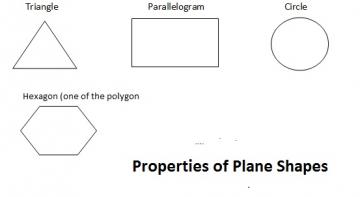

The Elements is mainly a systematization of earlier knowledge of geometry. This is in contrast to analytic geometry, introduced almost 2,000 years later by René Descartes, which uses coordinates to express geometric properties by means of algebraic formulas. Įuclidean geometry is an example of synthetic geometry, in that it proceeds logically from axioms describing basic properties of geometric objects such as points and lines, to propositions about those objects. An implication of Albert Einstein's theory of general relativity is that physical space itself is not Euclidean, and Euclidean space is a good approximation for it only over short distances (relative to the strength of the gravitational field). Today, however, many other self-consistent non-Euclidean geometries are known, the first ones having been discovered in the early 19th century.

įor more than two thousand years, the adjective "Euclidean" was unnecessary becauseĮuclid's axioms seemed so intuitively obvious (with the possible exception of the parallel postulate) that theorems proved from them were deemed absolutely true, and thus no other sorts of geometry were possible.

Much of the Elements states results of what are now called algebra and number theory, explained in geometrical language. It goes on to the solid geometry of three dimensions. The Elements begins with plane geometry, still taught in secondary school (high school) as the first axiomatic system and the first examples of mathematical proofs. Although many of Euclid's results had been stated earlier, Euclid was the first to organize these propositions into a logical system in which each result is proved from axioms and previously proved theorems. Euclid's approach consists in assuming a small set of intuitively appealing axioms (postulates) and deducing many other propositions ( theorems) from these. Euclidean geometry is a mathematical system attributed to ancient Greek mathematician Euclid, which he described in his textbook on geometry, Elements.


 0 kommentar(er)
0 kommentar(er)
